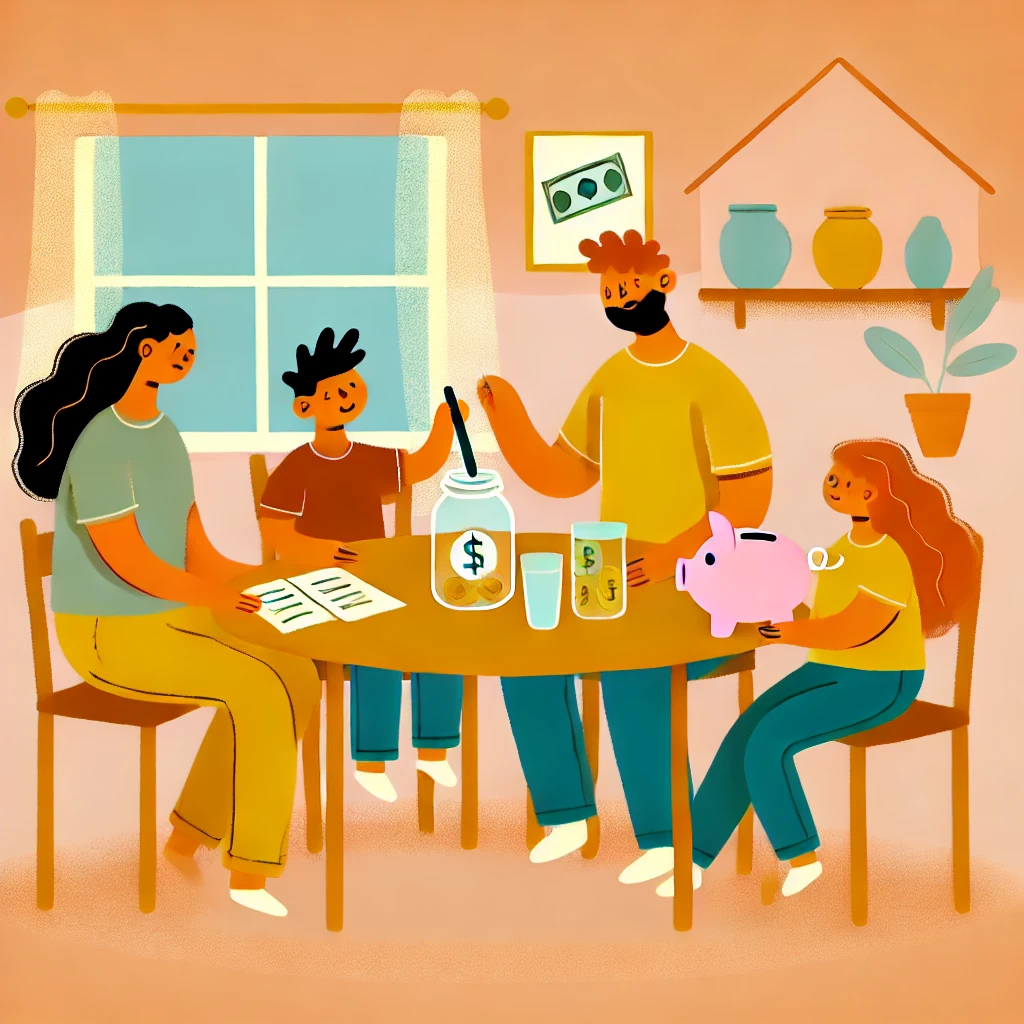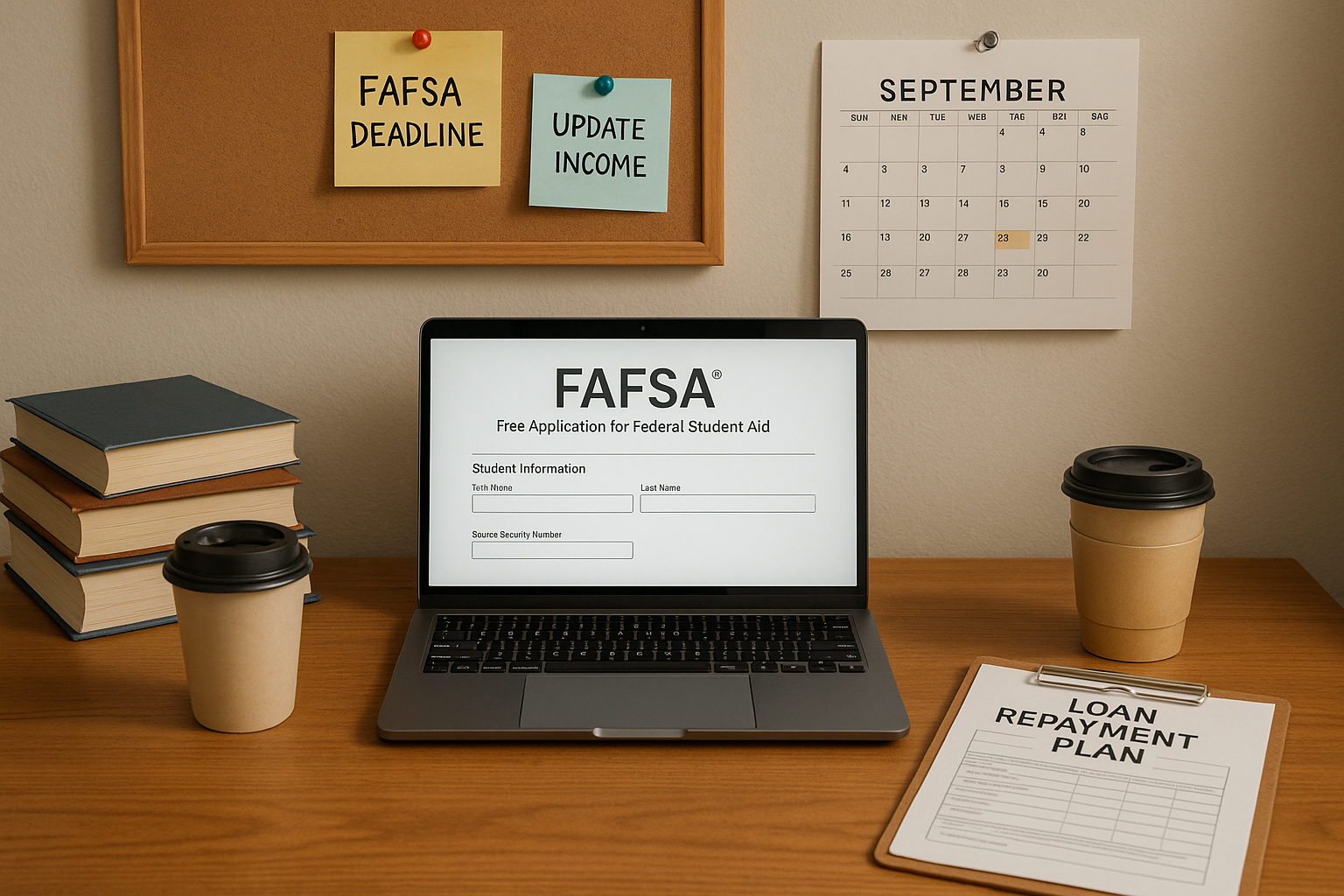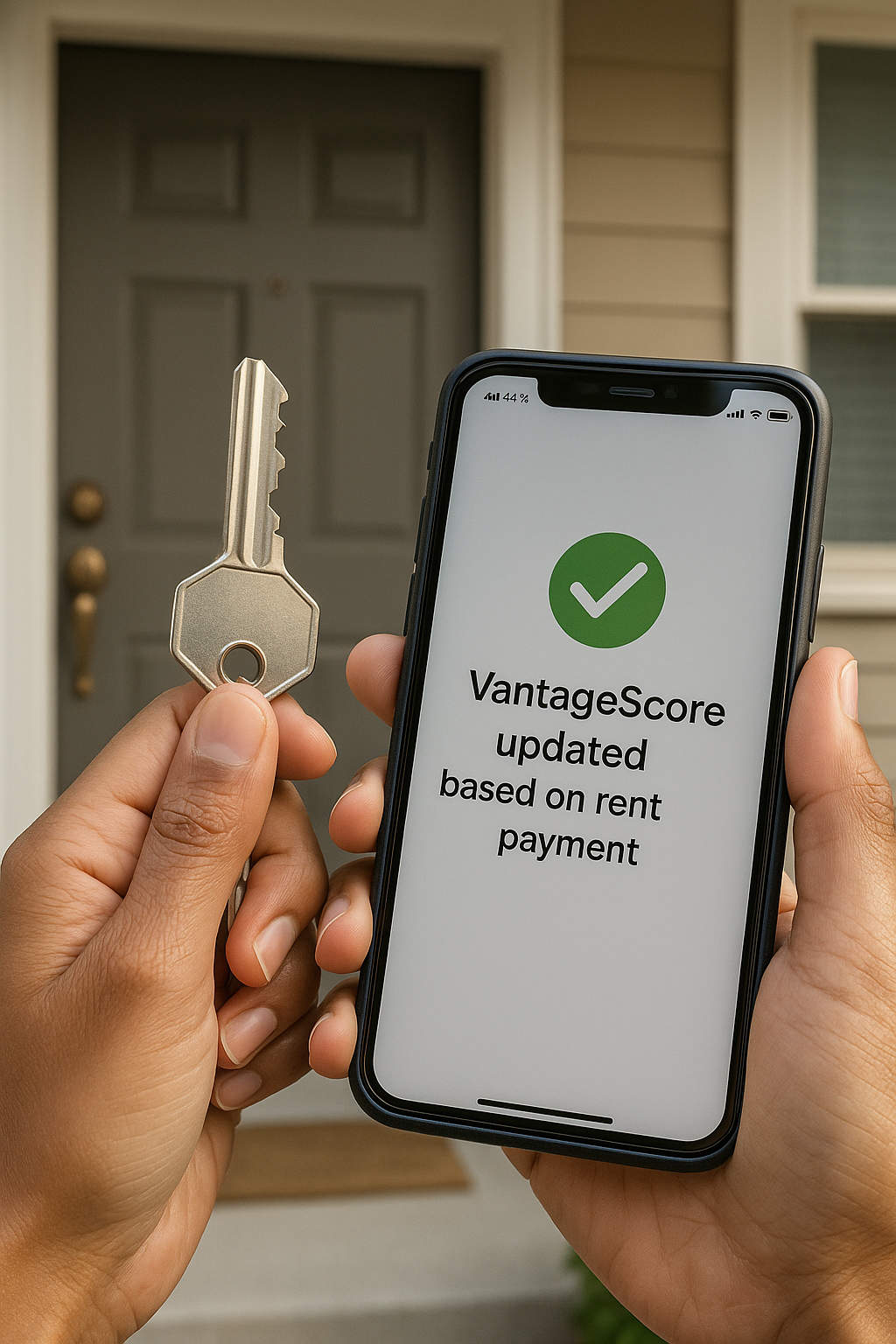
For us, the young Latino community in the U.S., our financial journey is often about more than just managing a paycheck, it’s about building a legacy and creating generational stability. We know that success in America’s economy requires smart financial habits.
But here’s the thing: those smart habits start long before we hit the professional world. They start at home.
The conversation about money needs to start with the next generation. Why? Because the data shows a clear need for early financial education in the U.S., especially within our community. For example, a significant portion of young adults lack basic financial literacy, which can lead to poorer financial outcomes later in life (St. Louis Fed-Center for Household Financial Stability). By teaching our kids early, we’re giving them a genuine head start.
This isn’t just about teaching them to save for a toy; it’s about equipping them to manage a mortgage, navigate the stock market, and build true wealth as adults in this country. It’s about setting them up to thrive.
Why Money Talk Needs to Be a Family Value
As Latinos, we value familia deeply. We share food, we share stories, and we should also be sharing the knowledge and tools for financial success. Open communication about money is the foundation.
- The Power of Open Dialogue: Instead of making money a mysterious, stressful topic, talk openly about it. Explain the difference between needs and wants. Discuss how you budget for groceries or save for a big family trip. Use simple terms. When they hear you talk about saving money on utilities to put it toward a college fund, they see a real-world example of prioritizing.
- Be the Financial Role Model: Our children learn by watching us. If your kids see you consistently spending more than you earn, that’s the habit they’ll absorb. Demonstrate responsible money habits, like saving a portion of every paycheck or making thoughtful purchases instead of impulse buys. This is where the lesson truly sticks.
The Allowance Strategy: From Piggy Bank to Personal Budget
An allowance is one of the most powerful, hands-on tools for teaching financial responsibility. It shifts money from an abstract concept to a tangible, managed resource.
1. Start with the Basics and Set Expectations
An allowance should be tied to responsibility, not simply to existence. Whether you tie it to age-appropriate chores or weekly goals, make it clear that the money is an opportunity to learn management.
2. Implement the ‘Three-Jar’ Allocation Method
To teach them how to balance different financial goals, encourage them to divide their weekly or monthly allowance into three distinct categories. This mirrors how an adult manages their paycheck (saving, essential spending, and discretionary spending).
| Category | Goal & Purpose |
| Save | For long-term goals (e.g., a bike, a video game system). This teaches patience, goal-setting, and compound rewards. Encourage putting this into a clear jar or a small bank account so they can visualize growth. |
| Spend | For short-term, discretionary spending (e.g., snacks at the corner store, small toys). This teaches them to make choices within a budget. Once the ‘Spend’ money is gone, it’s gone. |
| Share/Invest | For charity, giving back, or a long-term investment. This is a powerful lesson in community giving and future planning. Even a small amount set aside for a cause they care about teaches empathy and philanthropy. |
3. Real-World Application: The Power of $10
Let’s say you decide on a $10 weekly allowance. You can guide your child to allocate it like this:
- $4.00 (40%) – SAVE: Towards that bigger goal.
- $4.00 (40%) – SPEND: For snacks or small purchases this week.
- $2.00 (20%) – SHARE: To a charity or fund for a family member.
This system is simple, straightforward, and creates a miniature budget they have to manage. You aren’t just giving them money; you’re handing them a training tool for their future success in the U.S. financial landscape.
Empowering the Next Generation of Latino Leaders
By starting these conversations and using simple tools like the three-jar allowance, we are doing more than just teaching kids about dollars and cents. We are instilling confidence, creating accountability, and building the financial resilience that the next generation of Latino professionals will need to reach their full potential.
We have the power to change the financial narrative for our families. Let’s start today!
👉 Ask Gabi anything, anytime.
Stay tuned! We got you!






